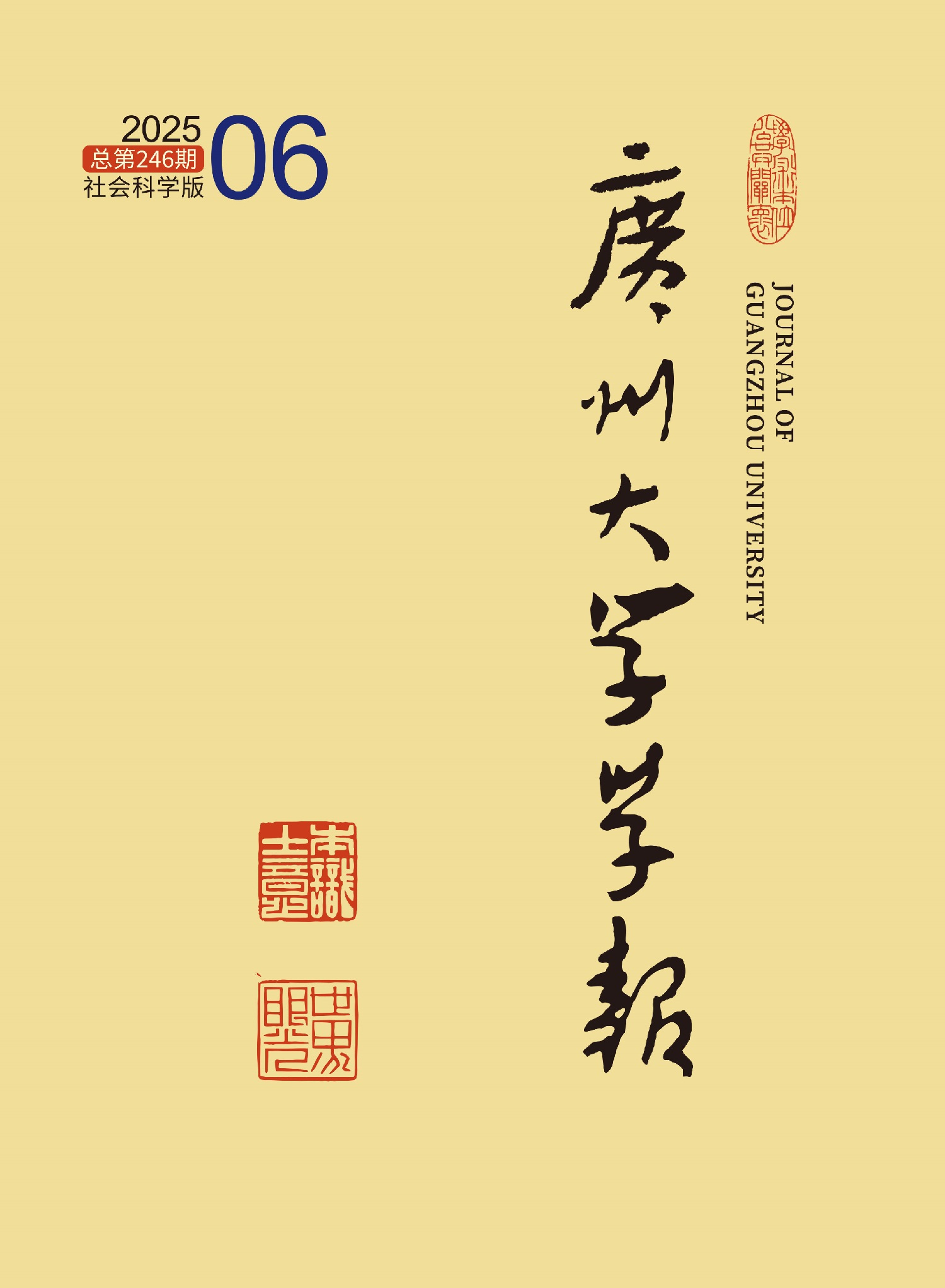CHEN Junren
Journal of Guangzhou University (Social Science Edition). 2025, 24(6): 80-92.
 Abstract
Abstract (
)
 Download PDF
Download PDF (
)
 Knowledge map
Knowledge map
 Save
Save
The new Supervision Law does not establish a limitation period system, which has reignited debates on the concept, basis, and scope of supervision limitation. Since the exercise of certain supervisory powers does not affect the rights of the supervised individuals, it renders statute of limitations irrelevant. Therefore, the supervisory limitation period should be defined as the valid time frame within which supervisory authorities investigate duty-related violations and crimes, impose administrative sanctions, or transfer cases for prosecution. Considering the normative characteristics of the Supervision Law, the general value of the statute of limitations, and the systemic connection between the Supervision Law and the criminal law, the supervision limitation is theoretically justified. However, due to the lack of explicit normative foundations, its theoretical justification also requires practical necessity. Specifically, supervisory time limits for external duty-related violations can hardly alter the outcomes of internal administrative disciplinary sanctions imposed on public officials, so the actual value of this limitation period is limited and its necessity is insufficient; by contrast, the limitation period for duty-related crimes is indispensable due to the need for coordination between the Supervision Law and the criminal law. Therefore, it is only necessary to construct a limitation period system for the supervision of duty-related crimes. Currently, the institutionalization of supervision limitation can be achieved through the doctrinal interpretation of criminal prosecution limitation rules. Nevertheless, in the long term, the prosecution limitation system should be improved to meet practical needs.
